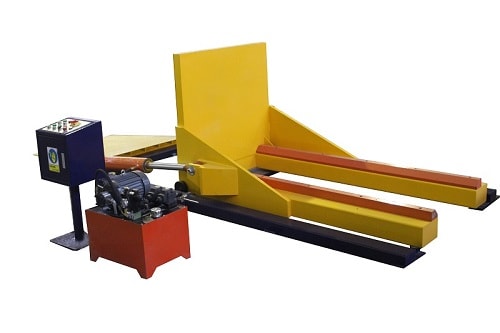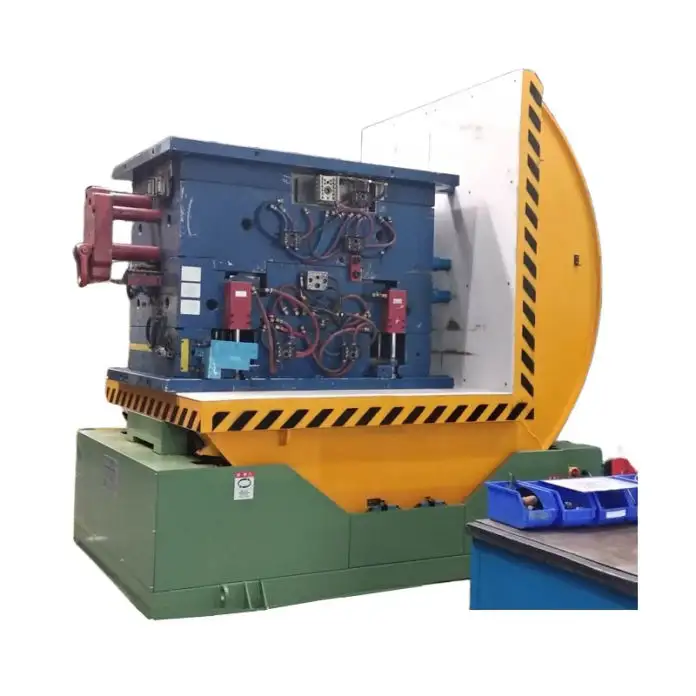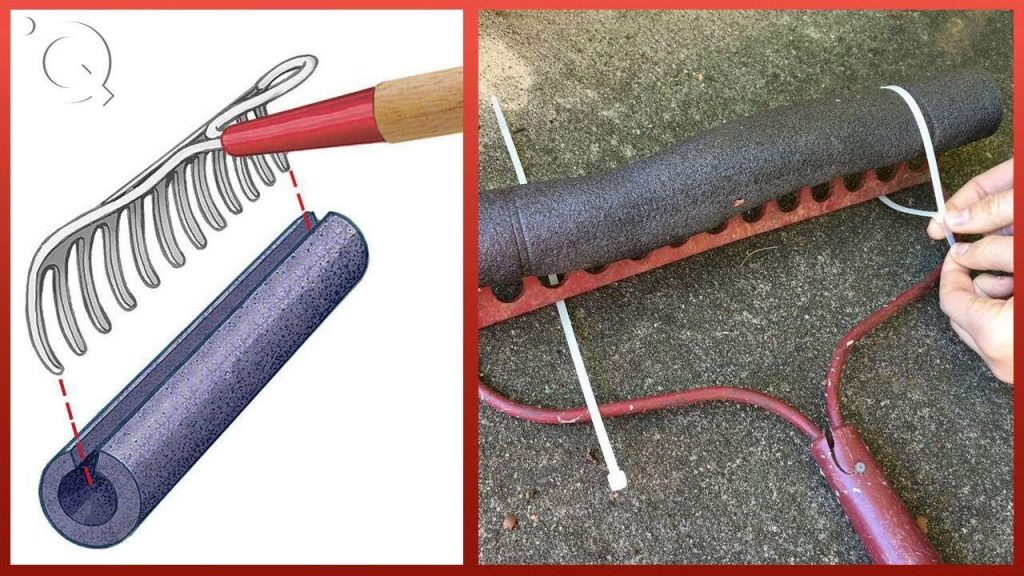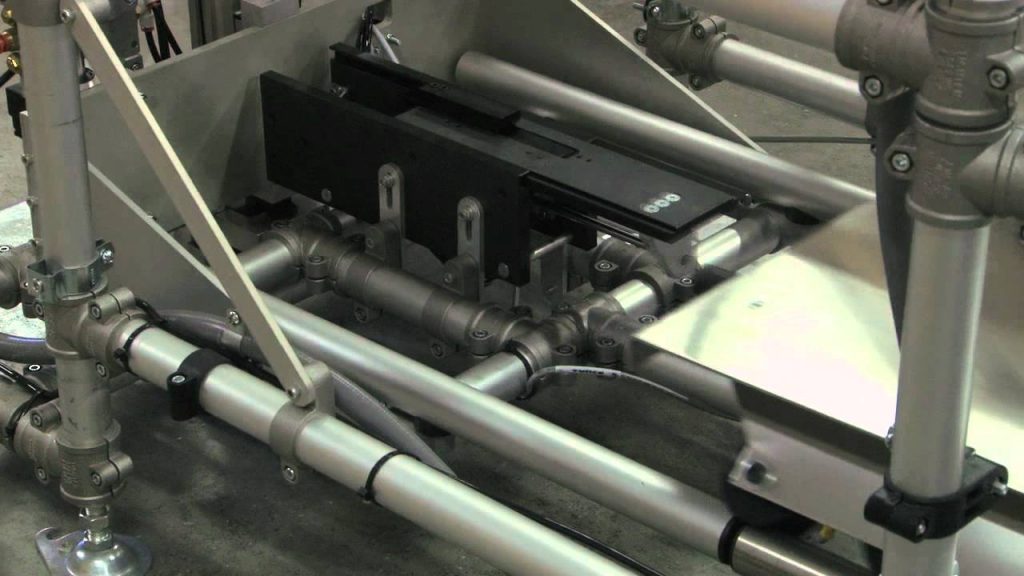# The ROI of Mold Upenders: How They Pay for Themselves
## Introduction
- Explanation of mold upenders
- Importance of mold upenders in manufacturing plants
## Advantages of Mold Upenders
- Reduced manual labor
- Increased productivity
- Improved safety
- Enhanced product quality
## Costs of Mold Upenders
- Initial investment
- Maintenance costs
- Operational costs
- Cost-benefit analysis
## Cost Reduction
- Reduced labor costs
- Lowered risk of accidents and injuries
- Reduced downtime
- Improved product quality
## Case Studies
- Real-world examples of companies that have implemented mold upenders
- ROI calculations
- Testimonials from satisfied clients
## Future of Mold Upenders
- Advancements in technology
- Use of robotics in mold upenders
- Potential for even greater ROI
## Conclusion
- Summary of the benefits of mold upenders
- Call-to-action for manufacturers to invest in mold upenders
## FAQs
1. What is a mold upender?
2. Are there different types of mold upenders?
3. Do mold upenders work for all types of products?
4. How often do mold upenders require maintenance?
5. Will mold upenders require special training for employees?
As manufacturing plants increasingly seek more efficiency in their production lines, the use of mold upenders has become a popular way for plants to remain competitive. Mold upenders are devices that allow for the easy transportation of heavy molds and tools within a plant. This article will explore the ROI of mold upenders and how they can pay for themselves.
Advantages of Mold Upenders
The use of mold upenders offers several advantages to manufacturers. Firstly, it significantly reduces manual labor by allowing heavy molds to be easily transported, thus reducing the effort required by workers. Additionally, it leads to increased productivity within the plant by streamlining the production process.
Furthermore, mold upenders significantly improve safety in the plant. The need for manual labor is reduced, thereby reducing the possibility of accidents and injuries. The streamlined production process also results in improved product quality.
Costs of Mold Upenders
While implementing mold upenders requires an initial investment, the cost-benefit analysis demonstrates that the ROI of mold upenders can be substantial. The return on investment comes in the form of a reduction in labor costs, decreased risk of accidents and injuries, reduced downtime, and overall improved product quality.
Cost Reduction
Mold upenders lead to reduced labor costs by reducing the amount of manual labor required to move heavy molds. Additionally, the streamlined production process leads to reduced downtime and improved product quality.
Case Studies
Several companies have implemented mold upenders in their manufacturing plants and seen a significant ROI. For example, a food processing plant implemented mold upenders and saw a 40% reduction in production time, a 60% reduction in labor, and a 65% reduction in mold damage.
Future of Mold Upenders
The future of mold upenders lies in advancements in technology. While the current mold upenders work well, there is still room for improvement. The use of robotics in mold upenders is the next step in the evolution of the technology.
Conclusion
Mold upenders can transform a production line by improving safety, reducing labor costs, and improving product quality. The ROI of mold upenders is substantial, making them a worthwhile investment for any manufacturing plant.
FAQs
1. What is a mold upender?
A mold upender is a device used to transport heavy molds and other tools within a manufacturing plant.
2. Are there different types of mold upenders?
There are several types of mold upenders, each designed for different types of molds and tools.
3. Do mold upenders work for all types of products?
Mold upenders are versatile and can be used for a wide range of products, including food and beverage, automotive, and industrial goods.
4. How often do mold upenders require maintenance?
The frequency of maintenance required depends on the usage of the mold upender. It is typically recommended to perform maintenance every six months.
5. Will mold upenders require special training for employees?
Any new machinery introduced into a production line will require some training for employees to operate. However, the training required for mold upenders is typically minimal.




